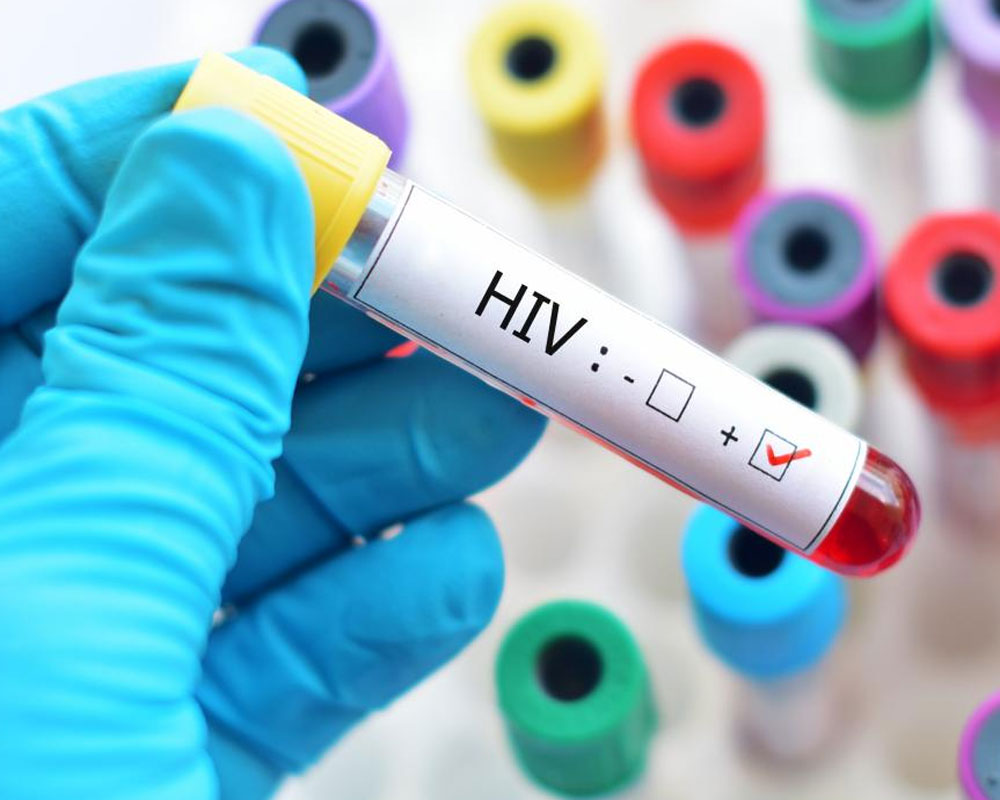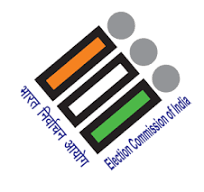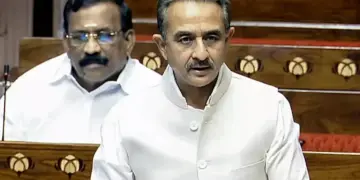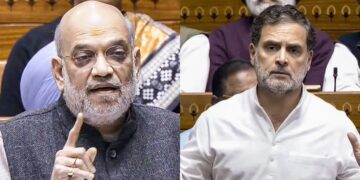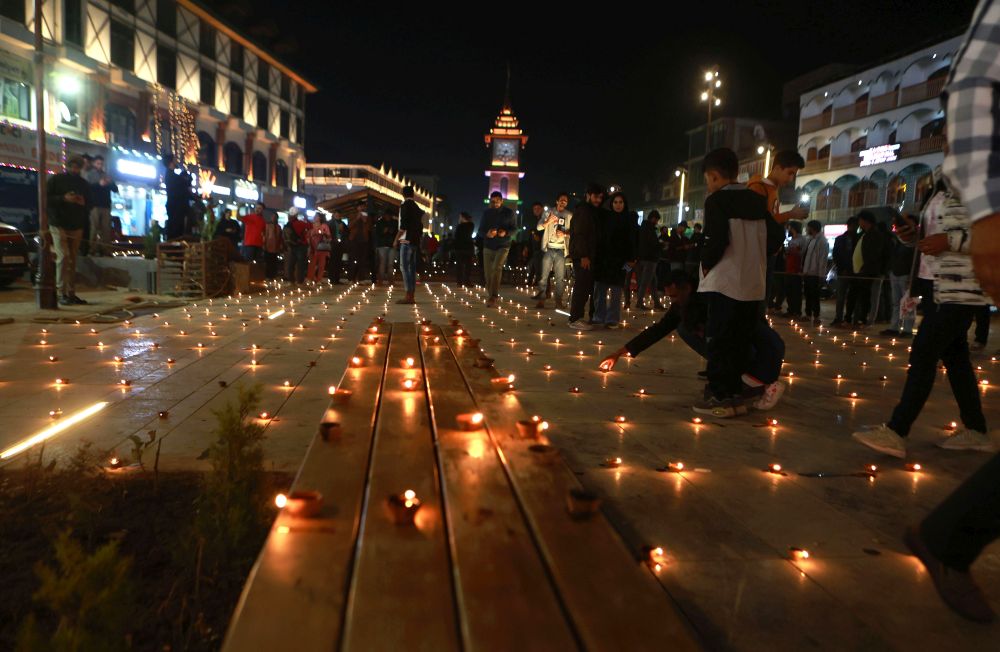United Nations, Jun 4: India supplies nearly two-thirds of the world’s antiretroviral drugs and plays a significant role in the global fight against AIDS by helping scale up access to treatment across developing countries, according to an Indian diplomat.
First Secretary in India’s Permanent Mission to the UN Paulomi Tripathi said at a General Assembly session on Monday that “remarkable progress” had been made in the fight against HIV/ AIDS epidemic.
“However, significant challenges remain in our way towards eliminating HIV/ AIDS as a public health threat by 2030,” Tripathi said at the session titled ‘Implementation of the Declaration of Commitment on HIV/AIDS and The Political Declarations on HIV/AIDS’.
The Indian pharmaceutical industry supplies almost two-thirds of the antiretroviral drugs used globally, helping scale up access to treatment across developing countries and significantly contributing in the international fight against AIDS, she said.
India has witnessed a more than 80 per cent decline in estimated new infection from peak of epidemic in 1995 and estimated HIV/AIDS related deaths have declined by 71 per cent since its peak in 2005.
There was an 84 per cent reduction in tuberculosis deaths among people living with the HIV in India by 2017, three years ahead of the 2020 deadline.
Significant advances have been made in understanding, treatment, and prevention of HIV/AIDS globally, Tripathi said.
She said the progress was possible due to involvement of the communities, civil society and people living with HIV in policy and delivery of services and through intensified information, education and communication drive.
“It is time to focus on future challenges and invigorate research in key areas including better diagnosis to identify maximum number of HIV-infected persons and expanding ART coverage, developing vaccine and new treatments to alleviate the need for lifelong ART and finally, preventing new cases of HIV infection,” Tripathi said.
In India, a landmark HIV and AIDS (Prevention and Control) Act came into force from September 10 last year that provides a rights-based framework to ensure a dignified life without stigma and discrimination for people living with HIV.
“This Act is a milestone. It empowers a person living with HIV to report discrimination in fields of employment, health care services, educational services, public facilities, property rights, holding public office, and insurance,” she said.
Former Minister for Health and Family Welfare J P Nadda said at a high-level General Assembly meeting on HIV/AIDS in 2016 that 80 per cent of the drugs used globally to combat the deadly AIDS were supplied by the Indian pharmaceutical firms.
The low-cost generic medicine has helped scale up access to HIV treatment across the developing countries, he said.
India had faced the “spectre of disastrous consequences” on account of AIDS epidemic 15 years back but was able to manage the challenge effectively.
The country today is significantly contributing in the global fight against AIDS as more than 80 per cent of the antiretroviral drugs used globally are supplied by the Indian pharmaceutical industry, Nadda had said.
In 2017, India had 2.1 million HIV/AIDS patients, the third largest number in the world. About 750,000 people depend on the free distribution of drugs through government-run centres, according to National Aids Control Organisation.
Over 80,000 new infections and 69,000 AIDS-related deaths occurred in India in 2017, it said.
From 2000 to 2011, India made a significant progress in tackling its HIV epidemic. From 2000 to 2012, the number of new HIV cases declined by half.

